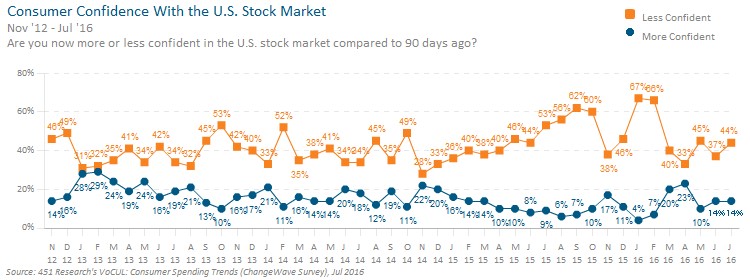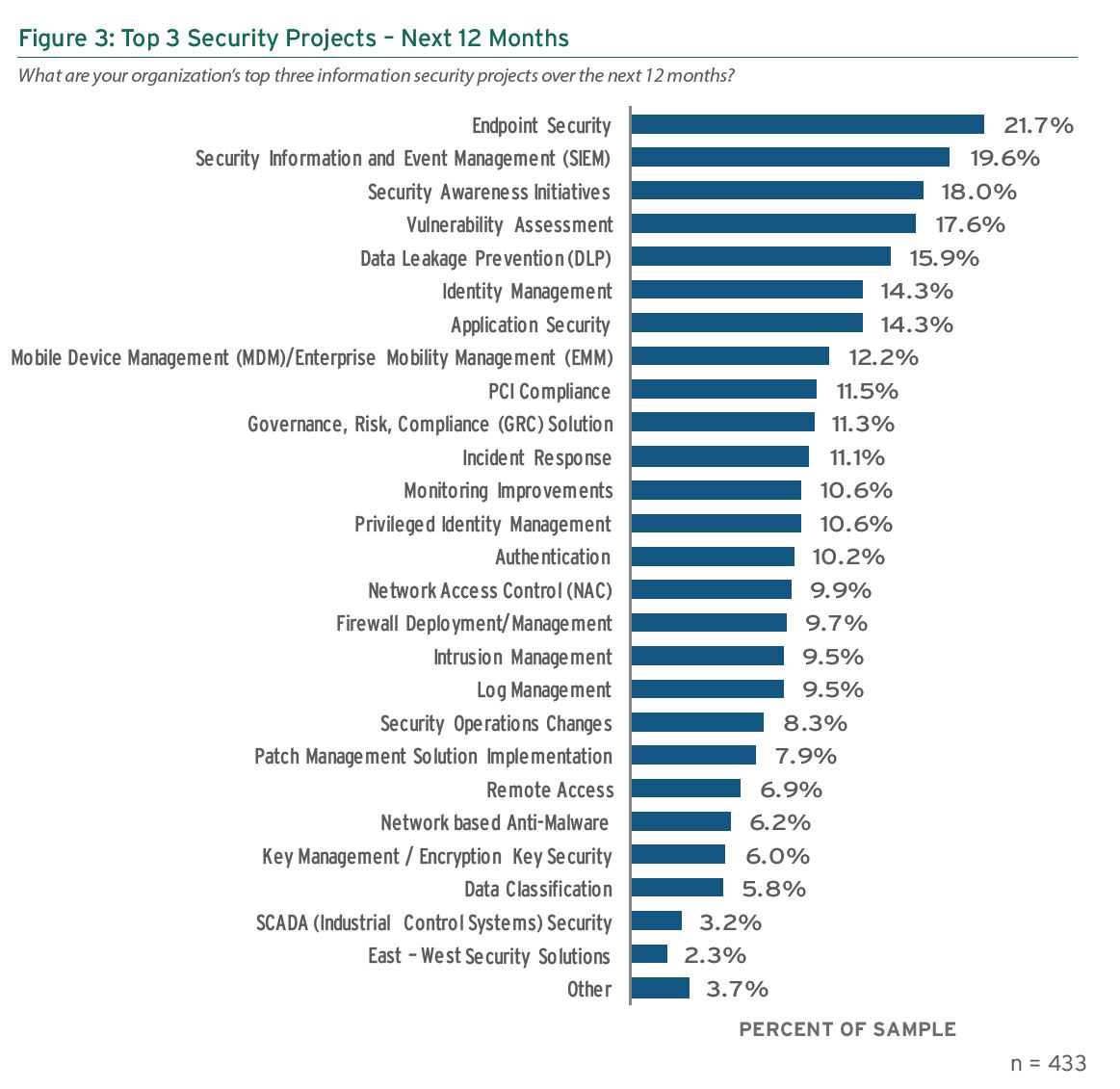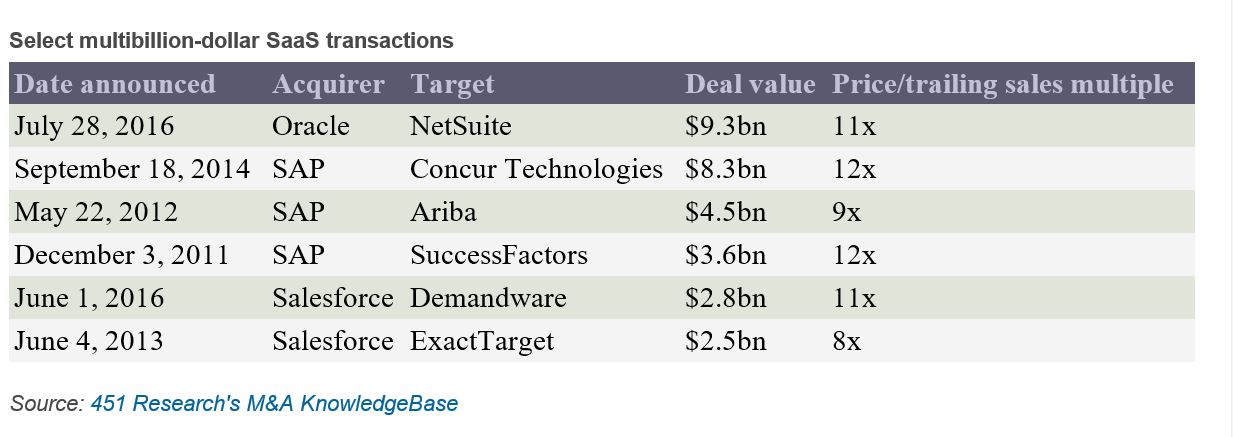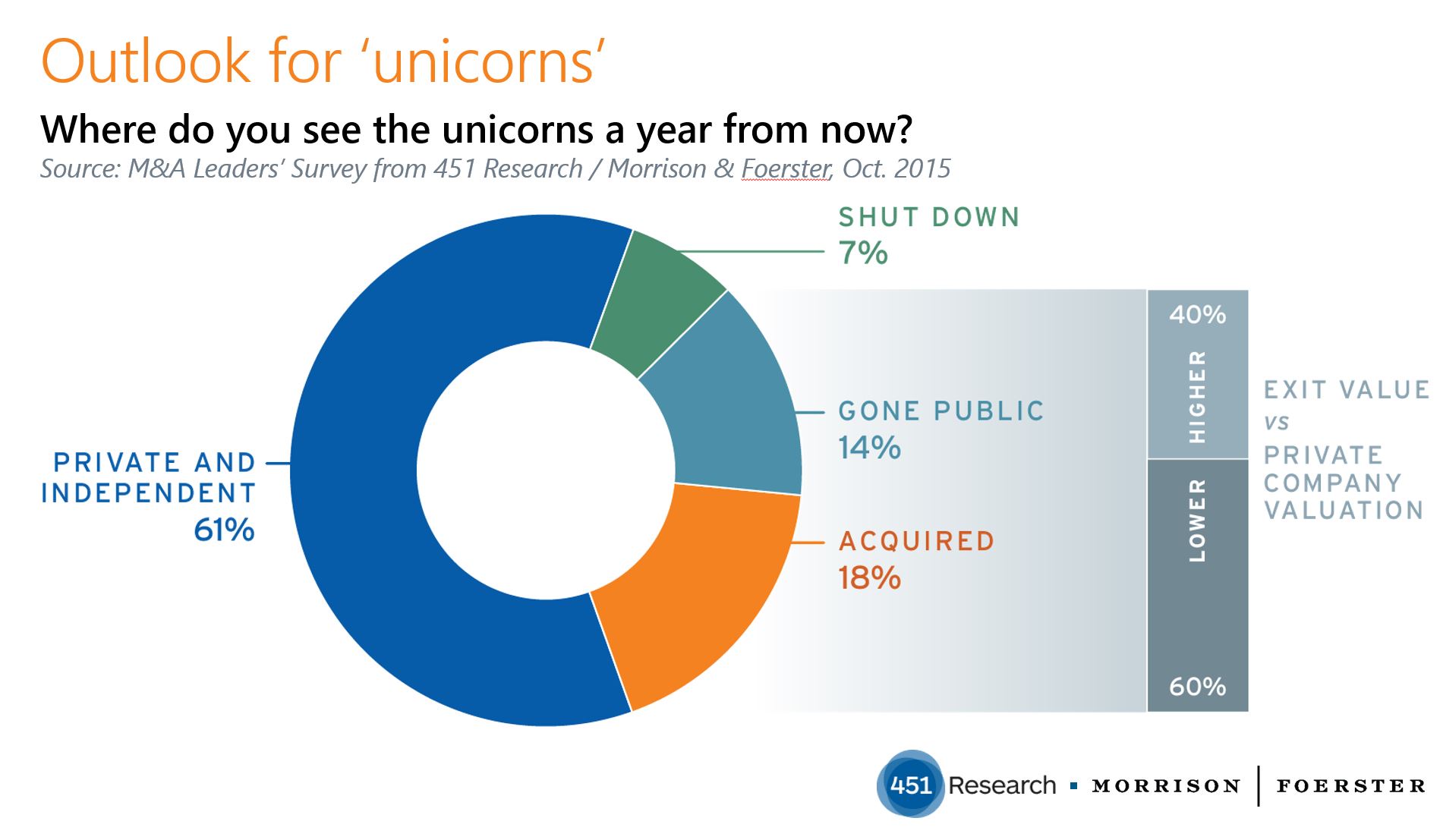Contact: Brenon Daly
After a dual-track process ended in an IPO in April 2015, Apigee is understood to be trying once again to sell itself. Several market sources have indicated that the API management vendor has retained Morgan Stanley to run the process. According to our understanding, a handful of large software infrastructure vendors are considering a bid for Apigee, which would likely trade for roughly $500-600m.
Apigee has had a tough run as a public company. In its 16 months on the Nasdaq, it has never traded above its IPO price of $17 per share. (Morgan Stanley led Apigee’s IPO.) During the broad market meltdown in February, Apigee stock touched $5. Although shares have nearly tripled in value in the half-year since then, the company is still underwater from its debut.
One reason for Wall Street’s bearishness is that Apigee is viewed as a ‘sub-scale’ software provider. It likely finished its most recent fiscal year, which ended at the end of July, with less than $100m in revenue. (For comparison, that is less than privately held MuleSoft, which is a sometimes rival to Apigee with its broader integration portfolio.) Further, Apigee is running in the red, losing about $10m in each of the past four quarters on a GAAP basis.
Possible bidders for Apigee, which currently has a market cap of $435m, include big software firms such as existing partners SAP and Pivotal, as well as CA Technologies. According to our understanding, CA was a serious suitor for Apigee before the IPO. That would have been on top of the existing API management CA obtained with its purchase of Layer 7 in April 2013.
Further, CA bought agile software development tools supplier Rally Software last year in a $480m transaction that lines up fairly closely – both strategically and financially – with a possible pickup of Apigee. Both play a part in the broader software lifecycle management market, and both found Wall Street to be a fairly inhospitable neighborhood. Rally garnered 5.5x trailing revenue in its sale to CA. However, Apigee is growing faster (roughly 30%, compared with about 20% at Rally) so would likely get a bit of a premium. Apigee currently trades at about $435m, or 4.7x trailing sales.
For more real-time information on tech M&A, follow us on Twitter @451TechMnA





